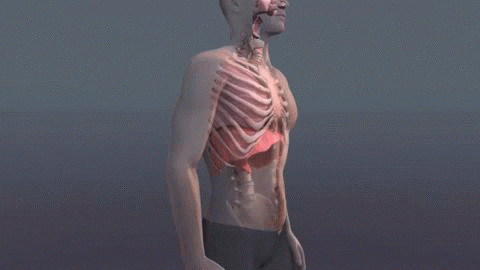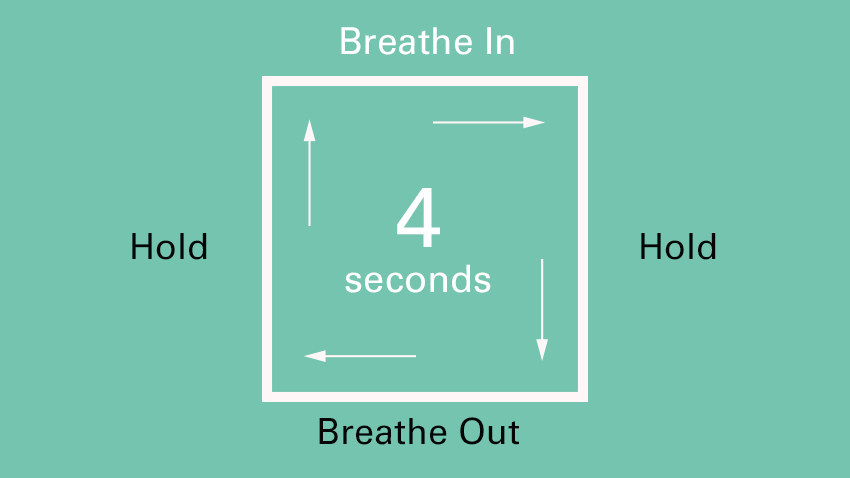-
How long does it take to lose your fitness?
If your well-earned year-end break usually consists of lounging on the couch for three weeks while watching cricket, keep reading.
While rest and recovery are appealing—and often necessary—I strongly recommend that you maintain your regular daily activity. This could include activities like rhythmic and continuous cardiovascular exercises, postural and structural strength routines, or even practical tasks such as building a retaining wall, mowing the lawn, or painting the house.
Below, I've provided some information about the de-training effect, including how long it typically takes for fitness levels to decline.
I’ve broken down ‘fitness’ into three categories.
💓 Cardiovascular fitness & your VO2 Max (your ability to uptake, transport & utilise oxygen),
💪 Musculoskeletal Efficiency – power strength & enduring strength.
🧠 Flexibility & Coordination – range of movement & neural balance.
With deteriorating fitness (listed above), you can also typically expect a decline in metabolic (fat-burning) health, cognitive fitness, and sound sleep. Damn it!
Below, declining fitness over time is expressed as a percentage of 'your' optimal (regular training) fitness - and the result from 'sedentary' practice.
Fitness
2 Weeks
4 Weeks
10 Weeks
16 Weeks
Cardiovascular Fitness
0%
30%
70%
100%
Musculoskeletal Efficiency
5%
15%
25%
40%
Flexibility & Coordination
0%
5%
15%
20%
Enjoy a drink, ham, ham, ham, and Christmas cake, but....keep moving forward.
-
I recommend year-end socialising,
but overdo it, and here's the likely result!
As we finish up a long year and hit the silly season, many Australians will likely test out their metabolism, digestion, sleep patterns, stress management, and response to inactivity.
I listed below what I believe are the five key metrics to focus on, which doesn't include body weight.
Test
Relative Ideal Result
The influence from excessive alcohol, a low priority for sleep, lifestyle mental & emotional stress, and sedentary practice.
HbA1c - Blood Glucose
4.8 – 5.1%
Excessive alcohol & dietary carbohydrates, namely refined sugar, will generally skyrocket blood glucose.
Triglycerides
1.3 – 1.8 mmol/L
Excessive processed dietary fats (veg & seed oil), unnecessary larger meal portions, and smoking will typically raise triglycerides.
Uric Acid
5.5 – 6.0 mmol/L
Excessive 'alcohol', dehydration, and processed food will typically increase uric acid.
Lactic Acid (Resting)
0.7 – 0.9 mmol/L
A measure of work – how hard is the body working at rest. Metabolic & digestive stress, inadequate recovery and sedentary practice will increase LA.
pH – urine test.
7.2 – 7.6 pH
Strained digestion, poor sleep, mental stress, and little movement will typically lower pH.
My non-invasive 5-10 minute test is pain-free, sweat-free and presents truth.
-
Cool Change - after summertime evening workouts.
Summer heat and longer sunshine hours make evening workouts more appealing.
While exercising later in the day is a terrific way to unwind, one thing to keep in mind is cooling the body before bed.
🥵 Normal inactive body temperature is around 36.8 'c.
🥵 A moderate summer workout can raise the temperature by 2.0'c.
🥵 When our body temperature reaches 35.5 °C and the atmospheric temperature is roughly 17.5 °C, we typically enter our deepest sleep.
I’ve found the best way to prepare my body temperature for the best sleep post-evening exercise is to hold a sandwich bag of ice just before bed time.
Further, to improve your summertime sleeping, consider the 10, 6, 4, 3, 2, 1 model.
😴 10 minutes of sunlight every morning - no sunglasses.
😴 6 hours of zero caffeine before bedtime.
😴 4-hour gap from exercise to bedtime.
😴 3 hours from last calories to bedtime.
😴 2 hours of zero work-related interest before bedtime.
😴 1 hour of zero blue light (all screens) before bedtime.



